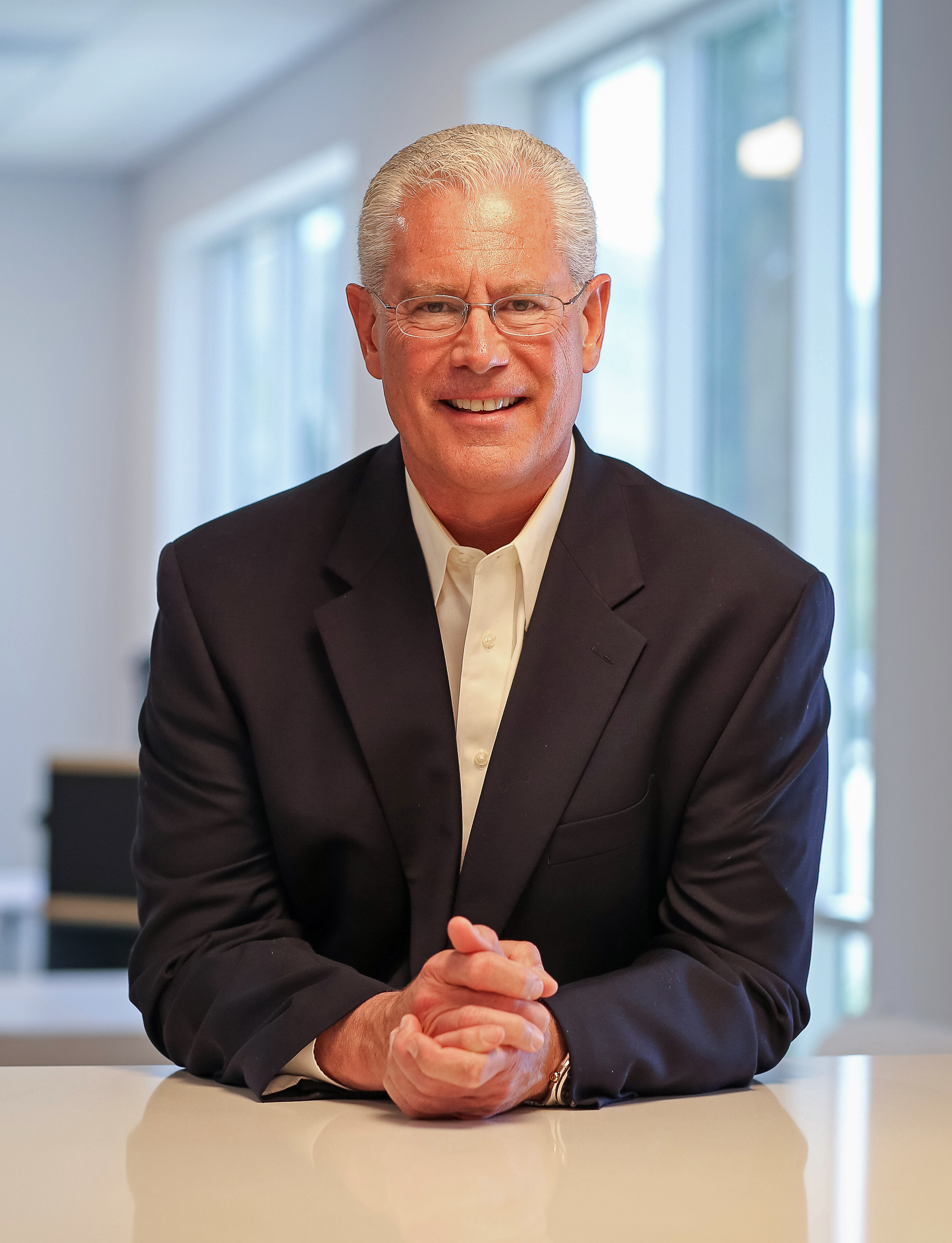Commentary
Kiosk accessibility for the hard of hearing: a challenge and an opportunity
Kiosk accessibility for the hard of hearing presents a unique problem for kiosk software developers and hardware manufacturers.

June 8, 2017
By Jeff Stroud
Businesses and institutions are installing kiosks in various capacities to replace human labor and improve customer service at an ever increasing rate. Kiosk accessibility to the disabled in compliance with the Americans with Disabilities Act has now become a formidable challenge.
 |
Jeff Stroud is the Principal of Jeff Stroud Consulting, LLC. |
Kiosks must be physically accessible for those who are in wheelchairs, are blind or have other physical handicaps. However, kiosk accessibility for the deaf and hard of hearing presents a unique problem for kiosk software developers and hardware manufacturers. To be fully compliant with ADA law, kiosks must offer equal communication access for deaf and hard of hearing individuals whose primary language is American Sign Language, also referred to as ASL.
ASL is a visual language. With signing, the brain processes linguistic information through the eyes. The shape, placement and movement of the hands, as well as facial expressions and body movements, all play important parts in conveying information.
Technology creates opportunity
The challenge of making kiosks accessible to the deaf and hard of hearing has presented itself to various types of businesses and institutions. We now see technological innovation combined with simple, practical and cost effective solutions being employed.
ABC News recently reported a story about a pizza restaurant that installed kiosks allowing deaf and hard of hearing customers to communicate in ASL with the restaurant waiters and staff via a video remote interpreting application. The application accesses a remote sign language interpreter who is connected to the kiosk via the Internet and interprets the sign language communication for the waiter.
The Los Angeles Times reported that the city of Newport Beach, California has recently installed kiosks throughout the city with the same application that allows deaf and hard of hearing citizens to communicate with city employees in ASL. Both of these installations were employed by Language People Inc., a company located in Murrieta, California that owns multiple patents on this innovative new technology.
Lawsuits on the rise
Compliance with ADA laws provides important value to companies and institutions through the mitigation of risk of ADA violation lawsuits, which have increased sharply over the past several years. According to Seyfarth Shaw, a Los Angeles law firm that follows ADA legislation, ADA Title III violation lawsuits filed in federal courts have increased 143 percent over the past three years from 2,722 in 2013 to 6,601 in 2016.
Making kiosks accessible to the deaf and hard of hearing also makes good business sense from a marketing standpoint. Most companies do not know that there are an estimated 10 to 20 million deaf and hard of hearing people in U.S., making it the third largest language group in the country.
If you consider the family and friends of the deaf and hard of hearing community, the relevant market may be three to five times larger.
The restaurant owner who was featured in the ABC News story referenced earlier has experienced a 7 percent increase in revenue since installing the sign language kiosks.
Accessibility and compliance with ADA law will be inevitable for all who employ kiosks today and in the future. The silver lining in this challenge is that those who move quickly and adopt the new paradigm early will attract and retain new customers and increase their business as a positive byproduct.





